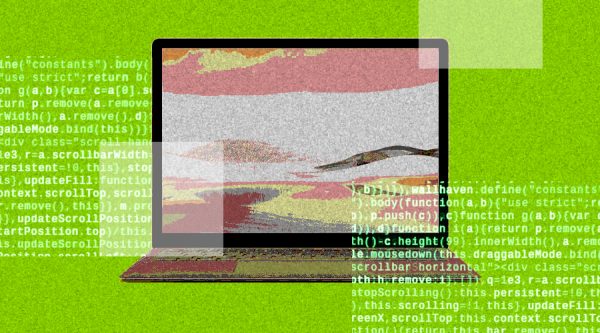Recent years have seen a boom in the development of augmented reality (AR) and virtual reality (VR) technology. These state-of-the-art tools give programmers a wide range of possibilities for fresh, inventive, and immersive experiences. Developers’ interest in this industry is unsurprising given the rising popularity of AR and VR technologies including smart devices, AR glasses, and VR headsets. Choosing the ideal programming language for AR and VR development might be difficult, though, because there are so many options available.
The top 10 programming languages for AR and VR developers in 2023 will be examined in this article.
- C#
Microsoft created C# in 2000. It is a high-level, object-oriented programming language. For creating desktop applications, video games, and mobile applications, this language is frequently utilised. Due to its user-friendliness, performance, and broad community support, C# is also a well-liked choice for AR and VR development.
The integration of C# with Unity, a well-liked game engine used for AR and VR development, is one of the language’s key benefits. Due to its user-friendly environment, large developer community, and abundance of tools and plugins, Unity is the ideal platform for developing AR and VR experiences.
2. UnityScript
A scripting language created exclusively for Unity development is called UnityScript. Due to its simplicity and use, this language—a JavaScript derivative—is frequently utilised by AR and VR developers. By utilising the numerous Unity capabilities, such as animations, physics, and sound effects, developers may rapidly and easily create AR and VR experiences.
3. JavaScript
One of the most widely used programming languages in the world is JavaScript, which is frequently used for web development. As a result of its adaptability, simplicity, and widespread community support, this language is also a fantastic choice for AR and VR development.
A variety of AR and VR experiences can be made using the flexible language JavaScript. JavaScript gives you the resources and tools you need to finish your project, whether it be a straightforward AR game or a more intricate VR simulation.
4. Python
Python is a high-level, all-purpose programming language that is frequently used for data analysis, web development, and scientific computing. Due to its simplicity, adaptability, and broad community support, this language is also a popular choice for AR and VR development.
- C++
System programming, embedded systems, and video all use the low-level, object-oriented programming language C++. - Rust
A systems programming language called Rust was first made available in 2010. Rust is renowned for its emphasis on performance and safety, making it a great option for developers of AR and VR applications. Rust’s ability to handle low-level hardware operations is one of its main advantages, making it perfect for low-level programming tasks like interacting with hardware or working with GPUs. - Swift
Swift is a robust and well-liked programming language that Apple created and initially made available in 2014. Swift is typically used to create native iOS and macOS programmes, but it has recently become more well-known for its adaptability and simplicity. Swift is a fantastic alternative for inexperienced AR and VR developers because of its clear syntax and ease of learning. - Java
The first version of Java, a well-liked, adaptable, and strong programming language, appeared in 1995. Java is a popular choice for developers of desktop, online, mobile, and augmented reality (AR) and virtual reality (VR) apps. The huge and vibrant Java community makes it simple for developers to locate tools and support when needed.
The mobility of Java is one of its main advantages. Java is a wonderful option for developers who want to target a variety of platforms because Java Virtual Machine (JVM)-installed platforms can run Java programmes. Developers may easily add functionality to their AR and VR applications thanks to Java’s abundance of libraries.
9.WebGL
3D visuals are produced in web browsers using the JavaScript API known as WebGL. It is a popular choice for developers who want to create experiences that are accessible to a wider audience because it can be used to construct AR and VR experiences that run on web browsers. The majority of contemporary browsers support WebGL, which gives developers access to a variety of tools for building interactive experiences.
- Lua
Initialized in 1993, Lua is a scripting language that is small, quick, and potent. A popular language for game development, Lua is also a fantastic option for AR and VR creators. Due to its small memory footprint, Lua is perfect for AR and VR applications that require low-power hardware to function.









